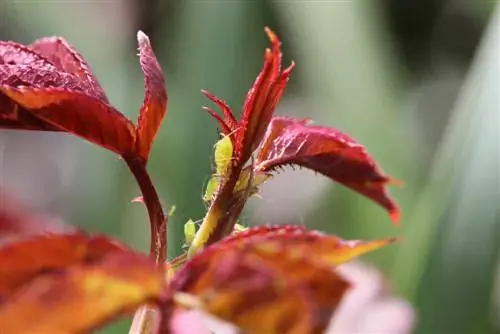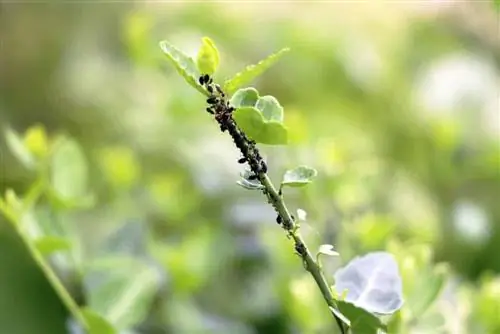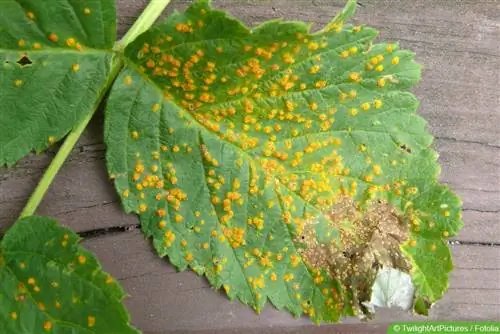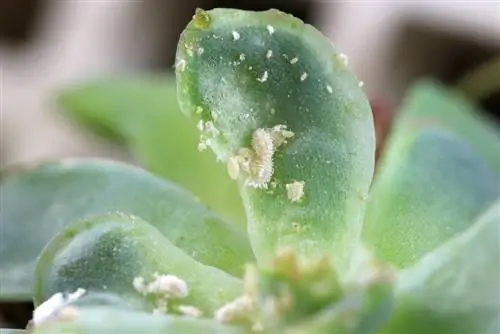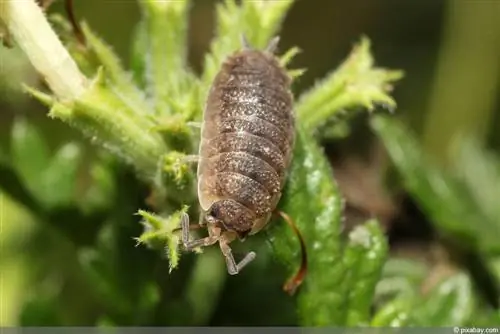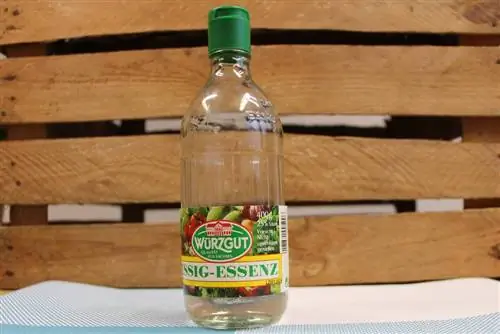- Author admin [email protected].
- Public 2023-12-17 03:39.
- Last modified 2025-01-24 12:45.
Aphids are considered the number one pest of many commercial, ornamental and even houseplants. Once you have found your pets, it is often difficult to get rid of the unwanted pests. And yet there are effective home remedies with which you can prevent new immigration and specifically prevent its spread on your plants.
Essential oils
What people value for their he alth-promoting properties, lice don't value them at all. The vapors of essential oils can be used to provide targeted prevention without the need for complex, unsightly or often difficult-to-implement measures.
- Defense mechanism: Fragrances create a deterrent zone around plants
- Substances used: Onions, garlic, concentrated oils such as tea tree oil, eucalyptus oil etc.
- Implementation: Stick garlic or onion pieces into the soil around plants, add concentrated oils drop by drop over the irrigation water, or drip directly onto the soil
- Suitable for: Potted and container plants, flower boxes
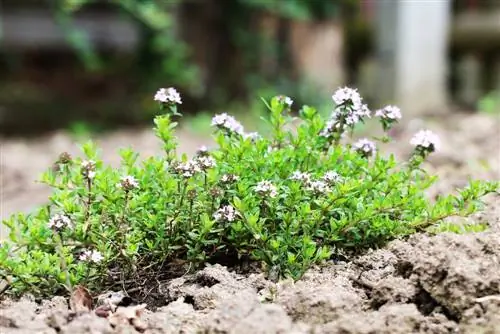
ATTENTION:
Certain oils can have adverse effects on plant parts when they come into direct contact with leaves or branches of plants. For example, thyme and oregano oil, as well as oils from cinnamon leaves or cinnamon bark, as well as clove and savory oil have a strong skin irritant effect. The same effect can occur on the leaf skin and bark of more sensitive plants.
When using these oils undiluted, you should therefore proceed with caution and avoid direct contact between the oil and the plant. Otherwise, visual or even functional impairments from spots to wilted areas to dying shoots can result.
Insect screen
Admittedly they are not a real home remedy, but an infestation can also be effectively prevented with insect screens. Closely closed around the plants to be protected, aphids can no longer find a way to get the plant sap they crave. Conversely, once they get in, the animals can't find a way out, so even a moderate infestation of a single, netted plant doesn't seem tragic.
- Defense mechanism: Mechanical barriers prevent lice from accessing plants
- Materials used: close-meshed nylon nets, possibly supporting substructure made of aluminum, plastic or wooden rods
- Implementation: Covering individual plants with net, for plant beds or flower boxes place a net-covered frame over the bed
- Suitable for: Single plants, plant boxes and beds, limited to useful plants (fruit/vegetables) due to limited appearance
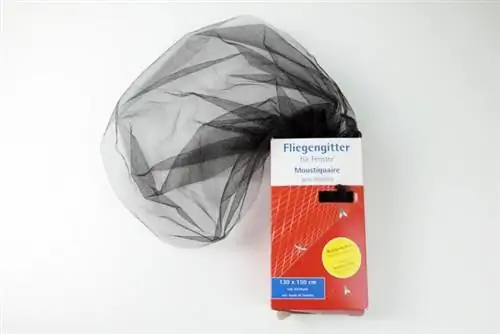
Tip:
The larger an insect screen is, the more difficult it is to maintain contact with the soil and to keep the watering openings completely sealed. Despite the net, check your plants regularly for new infestations so that you can intervene early.
Mixed cultures
What the aphid already knows, it likes to continue to use. This is why an infestation spreads particularly readily and at a particularly high rate in monocultures. On the other hand, the repeated habituation to a new host plant can delay the migration of the lice or even bring it to a complete standstill.
- Defense mechanism: Variation in the range of plants, so that the louse needs to be readapted again and again
- Substances used: No additional substances required, if necessary other plant species for intermediate planting, in the vegetable bed by mixing but no additives necessary
- Implementation: Use different plants alternately, if possible not to go back to the original plant for the plant after the next one
- Suitable for: Plant beds, useful and ornamental plants alike
Defensive plants
Similar to essential oils, certain plants are also able to prevent aphids from moving from one plant to the next through secreted oils, fragrances and other substances. If these plants are specifically placed between the plants to be protected, they form an effective protective mechanism that can prevent widespread infestation.
- Defense mechanism: Plant-specific substances with a lice-deterrent effect
- Substances used: Fragrances and essential oils
- Implementation: Planting savory, rosemary, thyme or lavender among the plants worthy of protection
- Suitable for: Plant beds and plant boxes, useful plants such as ornamental plants
Tip:
Combine the defense plants with the tools of mixed crops to be able to prevent aphids even better. The lice find it difficult to make the transition to the next plant, while they find different conditions at their destination anyway. Only a really intensive infestation will continue to spread under these conditions.
Beneficial insects
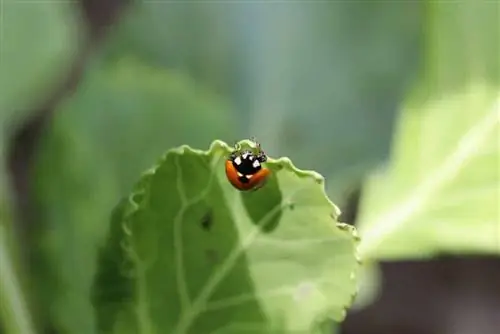
You will never be able to completely eliminate the aphid from your garden. However, if their number remains low, the risk of a harmful infestation is just as low. While they themselves don't even notice individual specimens, their predators are even more happy about the occasional appetizer. You, on the other hand, benefit in that earwigs, ladybirds and other insects prevent lice instead of you and prevent a massive infestation. You can therefore specifically avoid the plague of lice if you provide the aphid's predators with favorable living conditions.
- Defense mechanism: Decimation of the lice population by predators
- Substances used: natural enemies of aphids, e.g. earwigs, lacewings, ladybirds etc.
- Implementation: Avoid insecticides, provide nectar-rich flowers such as violets, peonies, sunflowers or asters as food, offer living options in upturned, straw-filled flower pots
- Suitable for: all forms of cultivation and all types of plants, except houseplants
NOTE:
Ideally, insect-friendly basic conditions should be created on the balcony or in the garden. Otherwise, the effect of this measure will be limited to specific periods. Since only the larvae of ladybirds destroy lice, promoting this animal species alone would only be effective in the immediate period after the larvae hatch. The broader the base of the lice's predators, the more likely the individual insects complement each other to form a permanently effective protective mechanism.
Avoid favorable conditions
There are no proven plant species that are particularly preferred by lice. However, a plant can straighten into a condition that makes it easier for aphids to reproduce. This is especially the case when their resistance is reduced. For example, this can be the case with:
- Illness
- incorrect fertilization
- incorrect care, e.g. excessive pruning, incorrect watering
All of these things lead to a weakening of the plant's resistance. It is then particularly easy for the lice to get the coveted plant sap because the leaf skin is thinner, more brittle or even already damaged. By the way, particularly well-intentioned fertilization can also lead to increased susceptibility! For example, if too much nitrogen is supplied, plants receive a growth spurt. However, the accelerated size growth comes at the expense of the stability of the leaf skin, so that lice also find perfect breeding conditions here.

